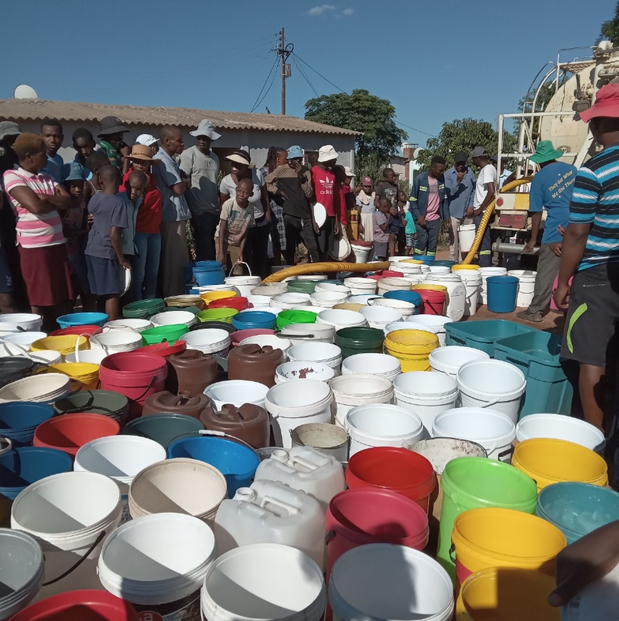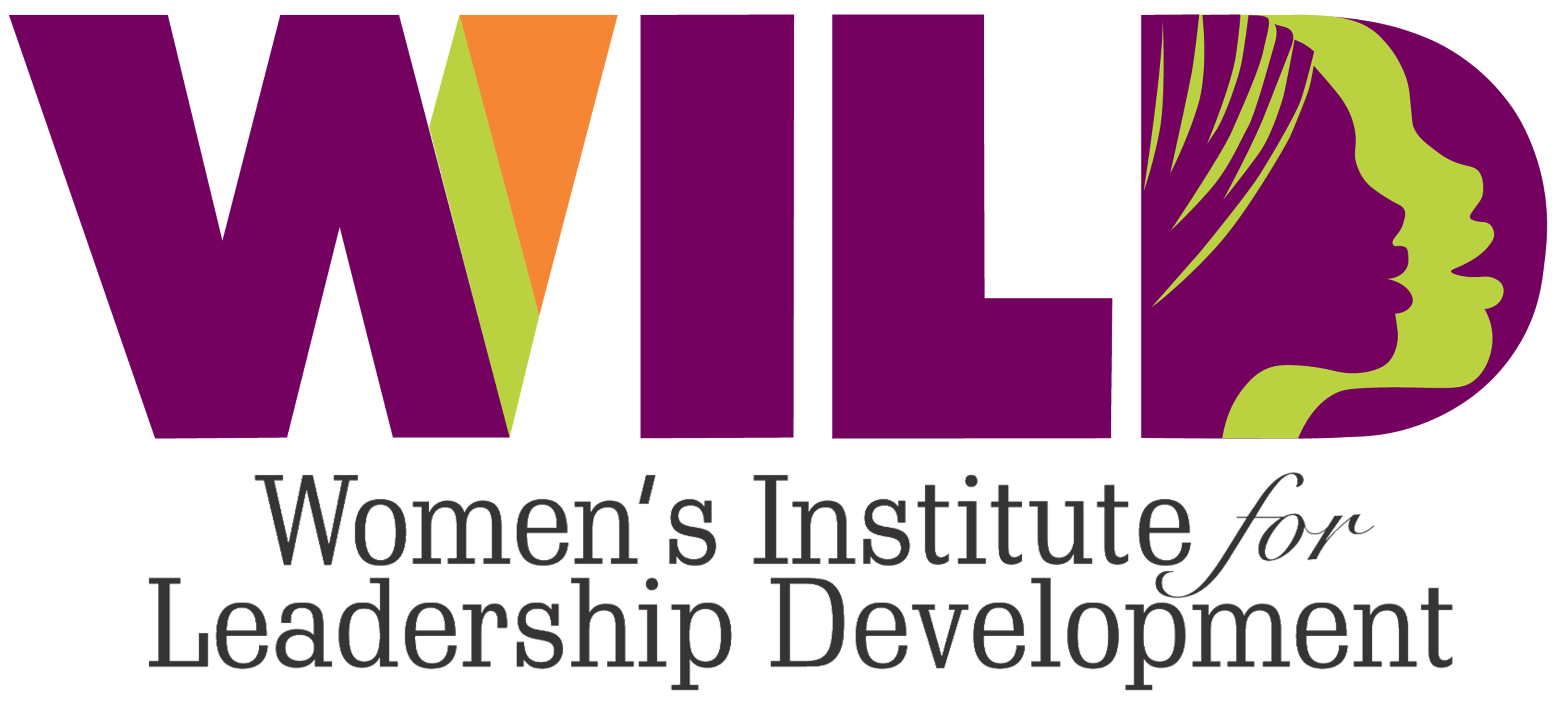A Perennial water crisis we are failing to address… Where to from now?
Jabulile Siwela

Bulawayo residents face yet another year of water woes, with dam levels at a critical low and long-term solutions lagging behind. Barely two months into 2024, the city battles its worst water crisis which Bulawayo City Council Director of Engineering Sikhumbuzo Ncube has described as the worst drought in post Zimbabwe independence, forcing residents to purchase water and endure long queues at boreholes. Some have claimed the much talked about 1982 drought which left taps dry is nowhere near the EL Nino induced drought that has left Bulawayo dam levels at just 43% and one being decommissioned due to low levels.
Bulawayo is constantly battling a water shortage crisis, the residents are guaranteed to face water challenges at least once a year. The city fathers have been failing to address this perennial challenge that has left Bulawayo an extremely thirst city, forcing them to lobby the central government to declare Bulawayo a water shortage area with the view of unlocking external funding to address the scourge. Long- medium term plans to address the perennial water crisis have been tabled but they are falling short of permanently addressing and eradicating the problems faced by the former industrial hub of Zimbabwe.
In the past the government has proposed the Zambezi- Matabeleland Water Project as the long lasting solution for Bulawayo’s water woes but the project has since been shelved as little to no progress was made. The Gwayi-Shangani dam touted as another solution set to clamp the water challenges faced by the city is beginning to gain traction but residents are in the dark as to when this project will be completed. The Glassblock dam project, touted as a potential solution, also lacks a concrete completion date.Nyamandlovu Aquifer still needs over 20 boreholes to go through the process of rehabilitation, vandalism of infrastructure has been cited as the challenge. Bulawayo residents in the midst of this devastating water crisis, probably the worst in the history of the city are asking this multi-million dollar question, “Where to from now?”
Bulawayo mayor, David Coltart on Tuesday quoted by CITE urged residents not to panic as the council was crafting strategies to make sure that the taps don’t run out of water completely. Coltart said that Mtshabezi dam is holding over 70% of water and the council is moving to construct a 2km pipeline to ensure that more water is pumped from the dam. The underlying point of emphasis was the need for the city to be declared a water shortage area and the current water crisis declared as a state of emergency.
In western suburbs of the city the situation is dire, residents in high lying areas have endured four weeks without water. The council announced the suspension of the 148-hour water shedding program and said the residents will get water only when it is available. This has resulted in long queues in community boreholes, residents getting water from unprotected sources as the demand surge. In this dire situation, some have seen an opportunity to make money through selling the precious commodity to stranded residents. In high density areas like Pumula, Nkulumane, Nketa and Tshabalala.
“The situation is bad my brother, this is the third week for us without water and our borehole is now faulty as it was overwhelmed in the past weeks. We are now buying water because we don’t have a choice. It’s so unfortunate that we now have to buy water for as much as $25 for 2500ltrs. Vendors don’t sell anything below that and it means you have to look for people near you to share the water,” said Moreblessing Tshuma
